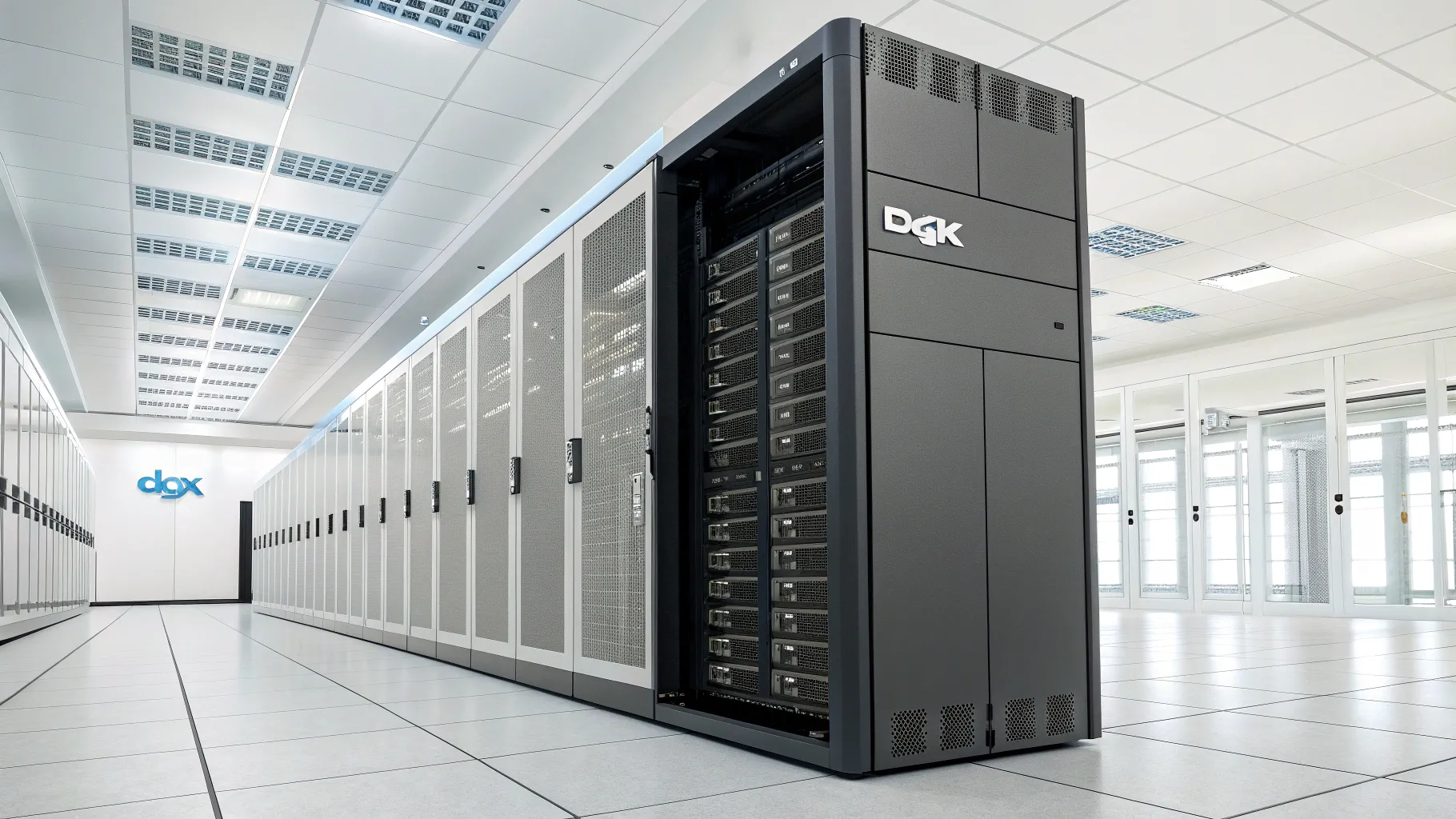The
DGX Spark supercomputer has gone on sale, signaling a fresh push in
high-performance computing for artificial intelligence and scientific work. The launch puts a new system in front of research labs, cloud buyers, and enterprises seeking faster training and inference. While key details remain limited, the release highlights rising demand for compute as models grow and deadlines tighten.
“The DGX Spark supercomputer just went on sale. Here’s what to know about the powerful machine.”
Organizations across sectors are racing to expand computing capacity. Training large AI models can take weeks or months. That has led to a surge in interest for systems designed for parallel processing, accelerated networking, and fast storage. Supercomputers serve not only AI teams, but also climate researchers, biologists, and engineers running complex simulations.
What Is Known Now
The sale of DGX Spark marks a new entry in a crowded market for GPU-powered systems. The company has not released full public specifications at the time of writing. Buyers will likely weigh configuration options, delivery timelines, and software support before committing. Early demand for comparable systems has often outpaced supply, which could shape availability.
Procurement teams typically focus on a few core factors when assessing a new supercomputer:
- Type and count of accelerators and CPUs
- High-speed interconnects for cluster scaling
- Memory capacity and bandwidth for large models
- Storage throughput and data pipeline design
- Power draw, cooling, and data center fit
- Software stack, frameworks, and support terms
Why It Matters
Compute costs remain one of the largest line items in AI budgets. Teams training foundation models, or tuning domain-specific systems, need reliable access to high-end hardware. A new system on the market gives buyers another option as they balance on-premises capacity with cloud services.
If DGX Spark ships in volume, it could ease pressure on overstretched training queues. That would speed up experiments, reduce idle time, and help teams ship products sooner. Companies with strict data controls may also prefer in-house clusters, making a new system especially relevant for finance, health, and public sector needs.
Market Context and Constraints
Global demand for accelerators has stayed strong over the past year. Many buyers report longer lead times and phased deliveries. Power and cooling are also growing concerns, as racks draw more energy and produce more heat. Data centers
must plan for upgrades to support dense compute in limited space.
At the same time, software maturity is improving. Tooling for distributed training, quantization, and memory optimization helps teams use hardware more efficiently. This can shift the value equation from raw size to effective utilization.
What Buyers Should Watch
Without full specifications, many questions remain. Prospective customers will want clarity on performance targets, tested benchmarks, and integration with common AI frameworks. They will also look for guidance on delivery schedules and service-level agreements.
Key items to monitor include:
- Exact accelerator model, memory, and networking details
- Standard cluster sizes and expansion paths
- Benchmark results for popular workloads
- Energy efficiency metrics and cooling options
- Total cost of ownership over three to five years
Voices From the Field
Researchers and IT leaders often emphasize reliability over peak numbers. Many stress that software support and service quality can be as important as raw throughput. Some prefer turnkey systems, while others build custom clusters to align with existing data and MLOps pipelines. These trade-offs shape buying decisions as much as headline performance.
Outlook
The sale of DGX Spark adds momentum to the race for more compute. It could help meet demand from teams scaling up training and inference. The next few weeks should bring more detail on configurations, pricing, and delivery timing.
For now, the bottom line is simple. Buyers need clarity on performance, power, and support before placing orders. Watch for verified benchmarks, integration guides, and energy data. Those details will determine how well the system fits production AI and scientific workloads in the months ahead.







